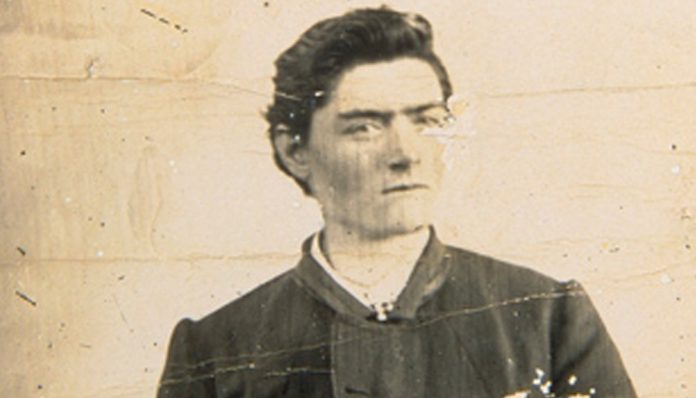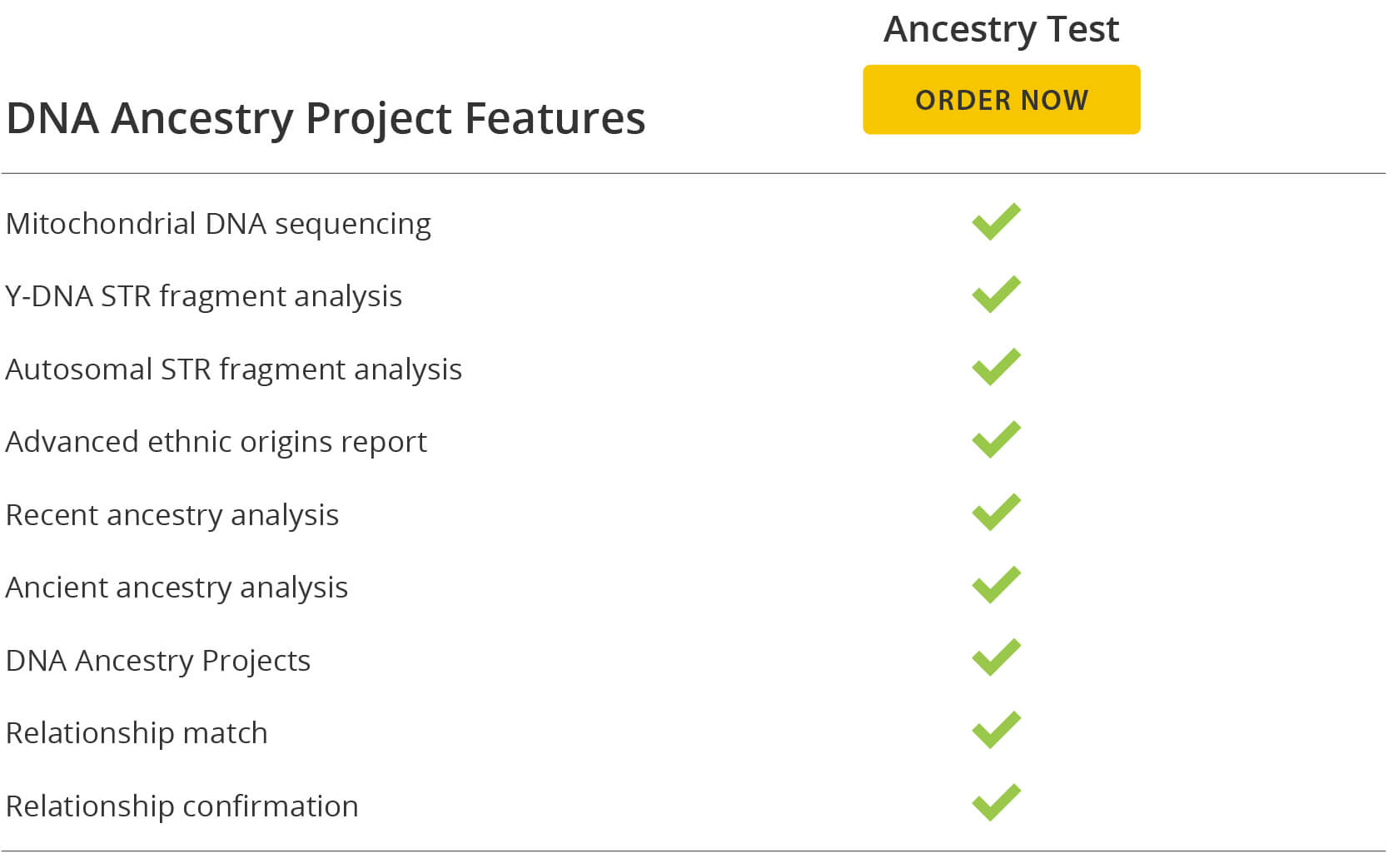Edward ‘Ned’ Kelly was an infamous Australian outlaw. At 14 years, Ned assaulted and robbed a local pig and fowl trader and his offending escalated from there. At 16 years, he was imprisoned for stealing horses and at 23 years he was indicted for the attempted murder of a police officer. He fled to the bush and over the next two years, he was involved in several murders and bank robbers along with his brother and other associates. In their final confrontation with police in 1880, all the gang members were killed apart from Ned. Ned was severely wounded and sentenced to hanging at the Old Melbourne Gaol.
What happened to Ned Kelly’s remains?
Ned Kelly was originally buried in the “old men’s yard” at the Old Melbourne Gaol in 1880. At the time, it was also reported that medical students had illegally dissected his body, although this was strongly denied by the gaol’s governor. In 1929, many bodies in the graveyard were uncovered during demolition work. These remains were reburied in pits at Pentridge prison but not before several skeletal parts and skulls were stolen, including the skull from the grave marked with the initials “E. K”, believed to belong to Edward ‘Ned’ Kelly.
In 2008 and 2009, archaeologists excavated three burial pits at the Pentridge prison, which contained the remains of executed prisoners that had been reburied there from the Old Melbourne Gaol. According to records, Ned Kelly’s remains were with 14 other skeletons in Pit C. A multidisciplinary team of scientists (anthropologists, pathologists, geneticists), historians and legal experts was formed to determine what happened to the remains of Ned Kelly.
Genetic analyses of the prisoners’ remains
When identifying skeletal remains, DNA analysis can be conducted on either maternally inherited mitochondrial DNA (mtDNA), paternally inherited Y-DNA or autosomal DNA (for close biological relationships). In this study, the researchers had identified a maternal descendant of Ned Kelly’s mother, so mtDNA analysis was conducted. Initially they analyzed the left clavicle from multiple different skeletons excavated from the three pits. After finding a match to Ned Kelly’s reference sample, the mtDNA was extracted and sequenced from the associated cranium fragment, ulna and femur, confirming that all body parts were from the same skeleton and likely to be Ned Kelly’s remains. Anthropological analysis of this skeleton also identified several pathological features that correlate with the severe wounds inflicted upon Ned Kelly during his last confrontation with the police and subsequent arrest.
What happened to Ned Kelly’s skull?
Only limited remains of Ned Kelly’s skull were recovered with his skeleton and several saw cuts at the third and fourth cervical vertebrae were also observed. The skull that was stolen in 1929 from the grave marked with the initials “E.K” (from the “old men’s yard” at the Old Melbourne Gaol) was later recovered and assumed to belong to Ned Kelly for an extended period. However, mtDNA analysis of the skull proved that it did not belong to Ned Kelly and most of his skull remains missing. The saw cuts through the vertebrae provide strong evidence that an illegal dissection did take place and it is possible that the skull of Ned Kelly went missing at this point.
DNA Database Comparisons







